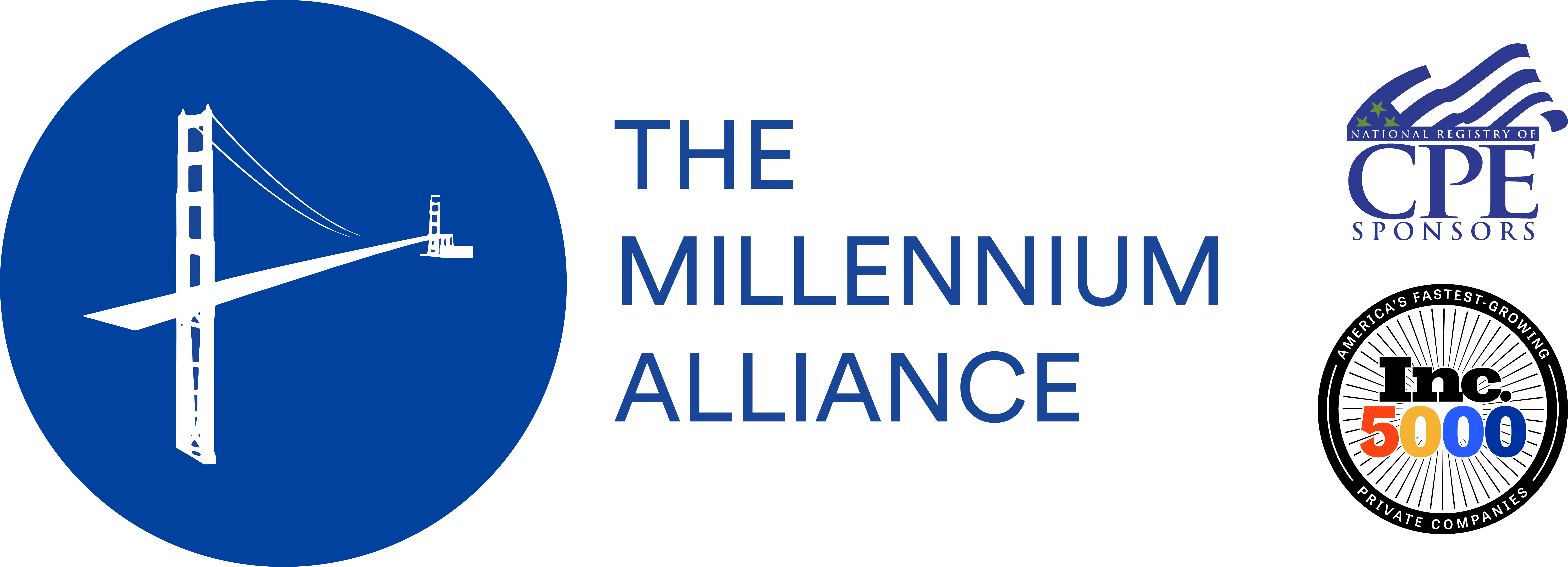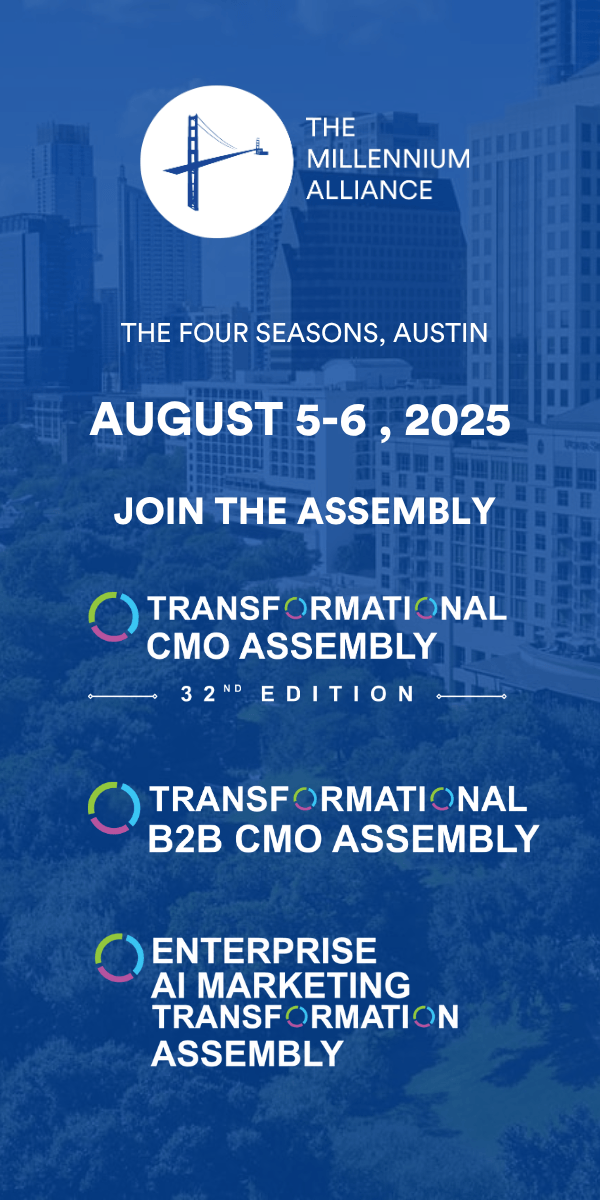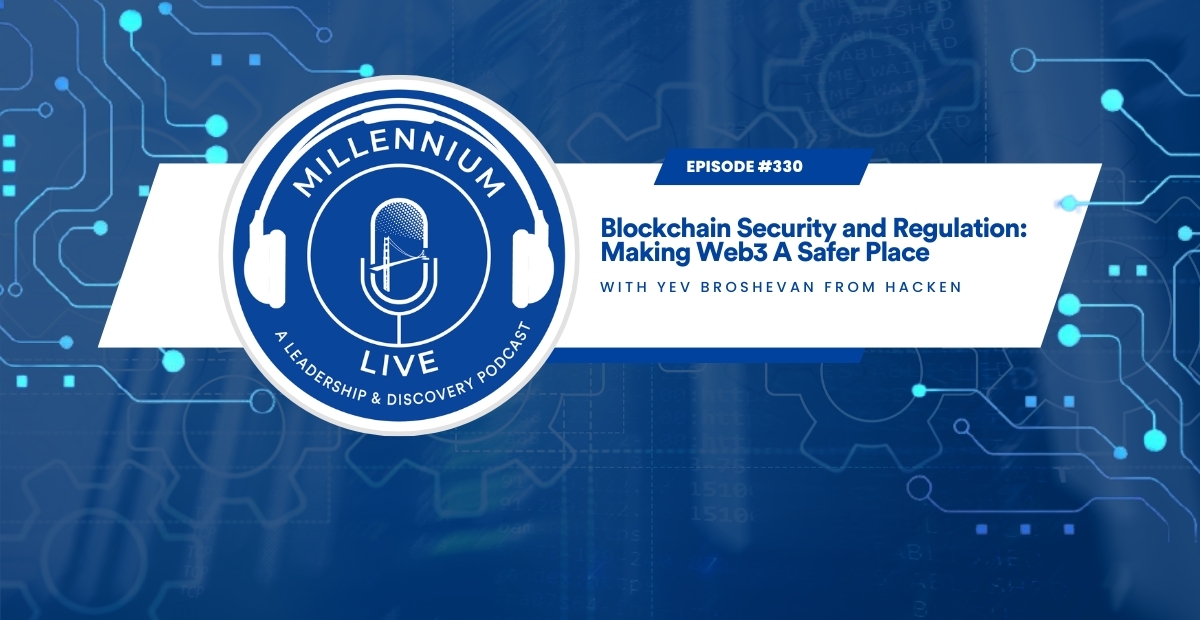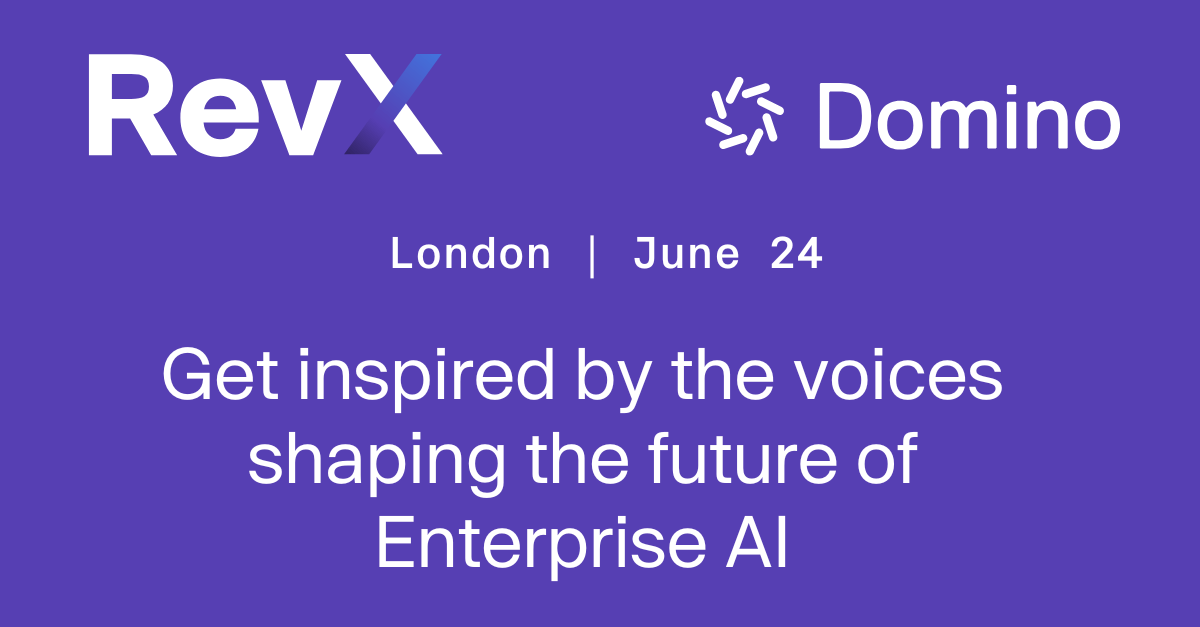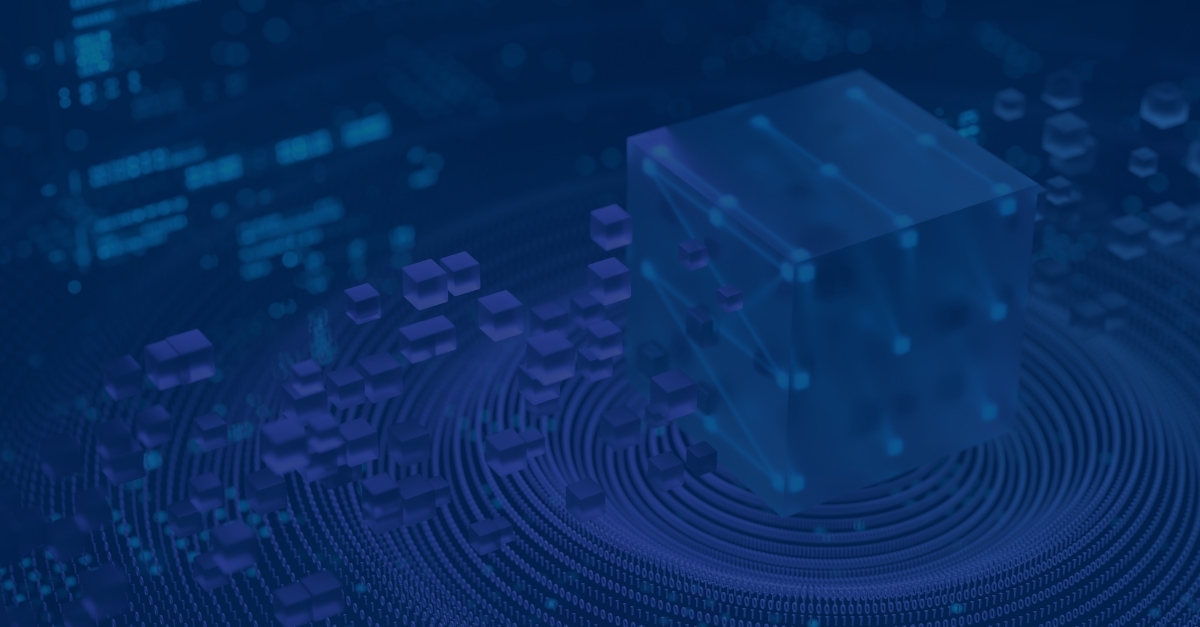Mayank Varia, Research Scientist and Co-Director of Boston University’s Center for Reliable Information Systems & Cyber Security, has been working on brand new technology to trace COVID-19.
Mayank graciously answered some questions for us!
Digital Contact tracing is on the cutting-edge of healthcare technology. Can you walk us through how this system works and the role you played in its creation?
“Digital contact tracing is a technology that notifies people when they have come into contact with a person who is later diagnosed with a disease. Specifically, suppose that Alice and Bob come into close proximity for a medically-relevant period of time, as determined by health agencies like the CDC and the WHO. If Alice later becomes symptomatic, then she can notify Bob so that he can begin self-quarantine even while he remains asymptomatic. This kind of early notification is particularly useful for a disease like COVID-19 that can be spread by asymptomatic people; by quarantining early, Bob can stop the disease from spreading further.”
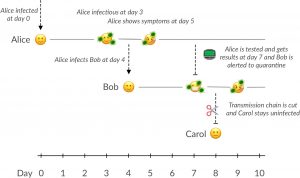
“Digital contact tracing can be implemented in smartphones or wearable devices. The technology is designed to be as privacy-preserving as possible: it does not use location tracking systems like GPS, and contacts like Bob are only informed when they came into contact with a diagnosed person. Digital contact tracing has two main components: detecting when two devices come into close proximity, and notifying people if their contacts are later diagnosed with the disease.”
“The detection step relies on radios like Bluetooth or Ultra-wideband whose signals can be used to determine whether two people are in close proximity (e.g., within 6 feet of each other). Alice sends a random number that Bob’s device can receive and record. If Alice is never diagnosed, then the story ends here; the only information ever stored on each device is a random number that is deleted within a few weeks.”
“If Alice is later diagnosed with COVID-19, she can work with a healthcare professional to post their random numbers to a public database administered by a public health authority. This database is purposely designed so that it contains no personal information (like Alice’s name) so that it may be freely shared with anyone. Bob can download this database of random numbers and check whether any of the numbers match any radio transmissions he has recently received.”
It seems that digital contact tracing gives tracers the bandwidth to effectively trace at scale. Is this technology fully autonomous, or do certain steps in the process require a human touch?
“This is an excellent question. I want to emphasize that the technology is *not* intended to replace existing contact tracing efforts by healthcare professionals. On the contrary, the intention is to help manual contact tracers to perform their work more effectively.”
“The technology I described above only handles one part of contact tracing: identifying contacts of diagnosed patients. The hope is that a technological system can quickly and comprehensively identify contacts. Nevertheless, there are several follow-on steps that must be performed by manual contact tracers like notifying the contacts to provide healthcare instructions, periodically checking up on them to determine whether they become symptomatic, and building a graph of diagnosed people in order to identify superspreaders and hotspots.”
How will this system benefit healthcare providers?
“The healthcare sector has many experts in manual contact tracing, but it is challenging to deal with a pandemic of this scale. Adding a digital component can provide a quicker way to identify the contacts of a diagnosed person, thereby allowing the healthcare community to use their resources more effectively in treating contacts rather than spending precious time trying to recreate the diagnosed person’s last few weeks of movements. Furthermore, digital contact tracing can identify close contacts that the diagnosed person does not know, such as people seated nearby on public transit or in a classroom.”
If this is utilized on the mass-scale, how could this change the course of the pandemic? Do you think this technology will have a place in our lives once COVID-19 is behind us?
“To the first question: yes, I think that digital contact tracing can be an effective component of a public response toward pandemics like COVID-19. As we move out of a general quarantine, these tools offer an alternative method to flatten the curve: providing advance notice to people before they even realize they are infected so that they can self-quarantine.”
“To the second question: no, and to the contrary, I think it is important this technology (like all technologies) to have a sunset provision in place. Even though substantial care has been taken to ensure that this technology is as privacy-preserving as possible, at its core any system that provides people with information about their contacts is a type of surveillance mechanism. In the current pandemic, I believe the public health benefits of such a system justify a prudently-designed contact tracing system. Once the pandemic is over, the benefits no longer justify the costs, and any such system should be removed.”
Do you see other technologies like this helping the healthcare industry in the future?
“Yes. Privacy-preserving technology can also play a role in improving our understanding of COVID-19. Right now, data about COVID-19 is sprawled across a variety of organizations: insurance companies that send out surveys, hospitals that treat patients, health-related companies that send out supplies, public health agencies that store contact tracing data, and so on. Due to justifiable patient privacy concerns, it is challenging for medical researchers to obtain many of these datasets.”
“A cryptographic technology called “secure multi-party computation,” or MPC for short can play a role here. MPC allows several organizations to compute over data collectively without ever sharing it. We at Boston University have deployed MPC several times with private and public sector organizations, for example, to help the city of Boston compute the city-wide gender wage gap while simultaneously keeping private the payroll data of the companies that contributed toward this study. I believe that we should use MPC technology to enable medical researchers to analyze healthcare data that remains siloed, which can benefit our understanding of the current pandemic and beyond.”
This insight from Mayank Varia paints a very clear picture of how exactly we can leverage technology to fight the pandemic without compromising patient privacy. With the right technology and the brilliant minds putting it to use, the possibilities for healthcare are endless.

